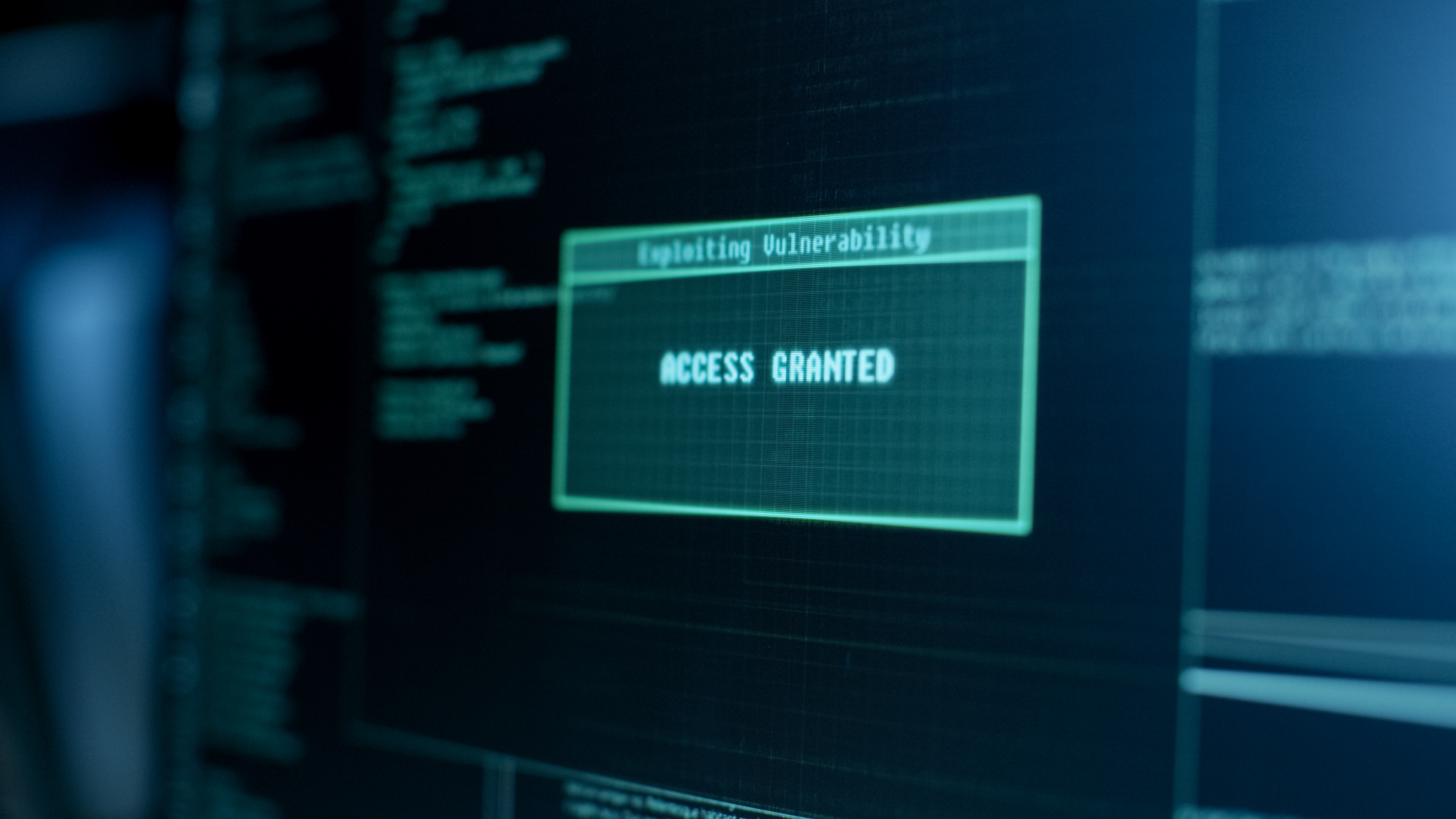7 Common Questions MSPs Have About Cyber Vulnerability Assessments

The more you know, the sooner you can expand your service portfolio and set yourself apart from the competition.
Managed service providers (MSPs) can attract more small to medium-sized businesses (SMBs) by assessing, managing, and remediating client cyber vulnerabilities. But not all MSPs may be comfortable with positioning themselves as cybersecurity experts. The sheer number of tools on the market can understandably seem confusing and you may be asking yourself whether it’s worth the effort.
But inaction comes at a cost too. When your client experiences a breach, the next question inevitably becomes — Why didn’t you warn us? That’s the role of a cyber vulnerability assessment and you, as an MSP, have everything to gain from adding it to your service portfolio. To help you get started, here are the high-level answers to seven common questions about this important topic.
1. What is a cyber vulnerability assessment?
A cyber vulnerability assessment is a process of identifying, evaluating, prioritizing, and mitigating security vulnerabilities in systems and networks. It involves a systematic review of hardware, software, and network components to identify weaknesses that attackers could exploit.
Want more? Here’s a detailed answer: Vulnerability Management Basics: What Businesses Should Know
2. Why would an assessment be useful to my clients?
Your clients need a cyber vulnerability assessment to identify potential security risks in their systems and networks. Attackers are growing more and more sophisticated in exploiting such vulnerabilities to gain unauthorized access to steal or exploit sensitive information. By identifying and mitigating vulnerabilities before they become breaches, your clients can reduce the risk of a devastating event that can damage the business’s reputation and take a significant financial toll.
More on this topic here: 5 Ways Vulnerability Management Can Drive Profits for MSPs
3. What does it involve?
A cyber vulnerability assessment typically involves several steps, including:
- Asset discovery: Identifying all hardware, software, and network components.
- Vulnerability scanning: Using automated tools to scan for vulnerabilities.
- Risk assessment: Evaluating the severity of each vulnerability.
- Prioritization: Assigning a priority level to each vulnerability based on risk.
- Remediation planning: Developing a plan to address vulnerabilities.
- Reporting: Providing a detailed report on vulnerabilities and remediation plans.
Make sure to read: Understanding the big picture of cybersecurity starts with NIST
4. How do I perform a cyber vulnerability assessment for my clients?
There are several tools and methods available to perform a cyber vulnerability assessment, including automated scanning tools, manual testing, and penetration testing. Automated scanning tools can quickly identify vulnerabilities across multiple systems and provide detailed reports on the results. Manual testing, in contrast, requires specialized expertise, like an engineer who knows the products well. It, therefore, tends to be more time-consuming, costly, and susceptible to human errors. Penetration testing involves simulating an attack to identify vulnerabilities in real time.
5. How do I prioritize vulnerabilities for remediation?
Not all vulnerabilities are created equal, and it's important to prioritize remediation efforts to address the most critical vulnerabilities first. This can be done by assigning a risk score to each vulnerability based on factors such as the likelihood of exploitation and the potential impact on the business. Once vulnerabilities are prioritized, you can work with your clients to develop a remediation plan.
6. How can offering cyber vulnerability assessments help me win new business?
If you’re not offering it, another MSP is. And in a competitive landscape, differentiation matters. By providing comprehensive vulnerability assessments, prioritizing remediation efforts, and ensuring compliance with regulations and standards, you can offer clients a more complete security solution. When you help clients uncover what “they didn’t know they didn’t know,” you build trust and credibility that elevates your cybersecurity profile. Over time, you can position your company as a thought leader in the cybersecurity space, which can lead to additional opportunities for growth and expansion.
For more information, make sure to read this comprehensive guide: How to Win Business with Cybersecurity Assessments.
7. Why can't RMM and antivirus software fill the role of a cyber vulnerability assessment?
While RMM (Remote Monitoring and Management) and antivirus software are important tools in a comprehensive cybersecurity strategy, they cannot replace the need for a cyber vulnerability assessment. RMM software is primarily focused on monitoring the health of systems and networks and providing alerts when issues arise. It is not designed to identify vulnerabilities in the same way that a vulnerability assessment does.
Antivirus software, on the other hand, is used to protect against known malware and other types of malicious software. While useful, it cannot detect vulnerabilities that could be exploited by bad actors using unknown attack vectors. In fact, attackers often use previously unknown vulnerabilities, or "zero-day" vulnerabilities, to exploit systems that are not regularly assessed for vulnerabilities.
Reading tip: The Lessons from Log4j and Other Zero-Day Attacks
Do you have more questions?
We are here to help. Whether we can provide more answers or show you the ConnectSecure Vulnerability Manager in action, we meet you right where you are. Our multi-tenant, all-in-one vulnerability scanning & compliance management tool is designed and priced specifically for MSPs and MSSPs. Take a 14-day free trial or contact us for more information.

Keep reading
Biden’s new strategy: Will MSPs have to take responsibility for cybersecurity?
Why antivirus and RMM don’t work as vulnerability assessment tools
5 cybersecurity trends to watch (No. 1: Companies up focus on technology)

